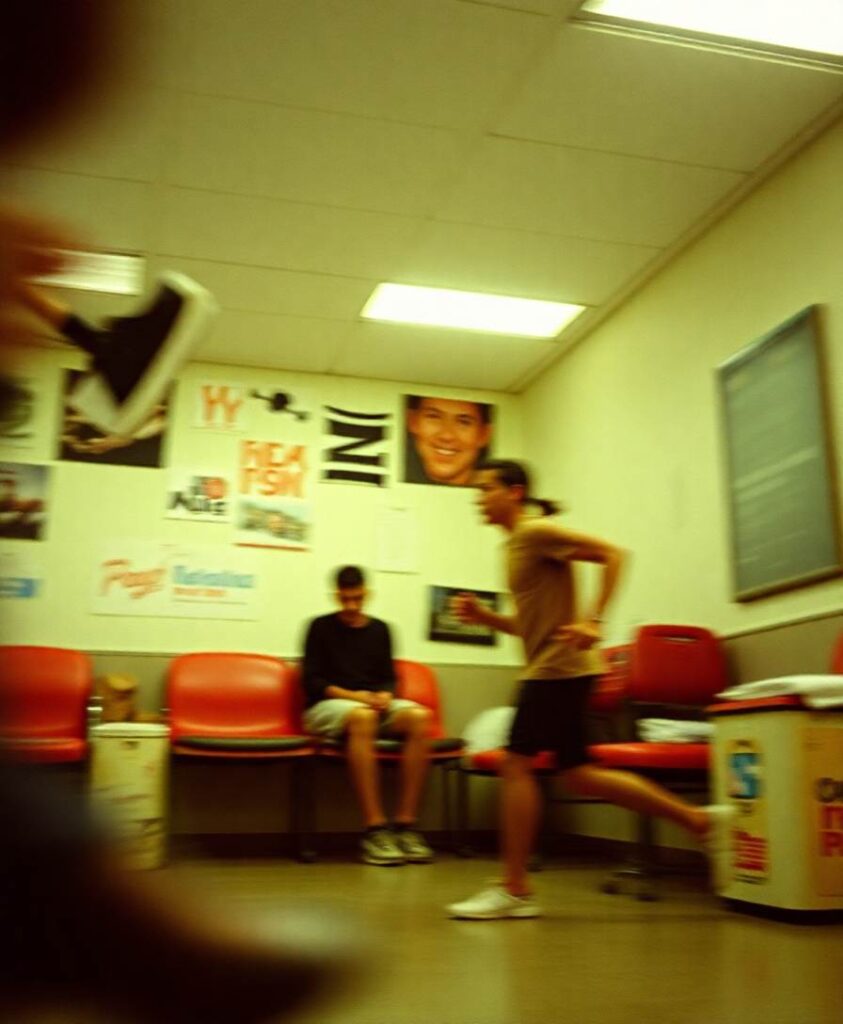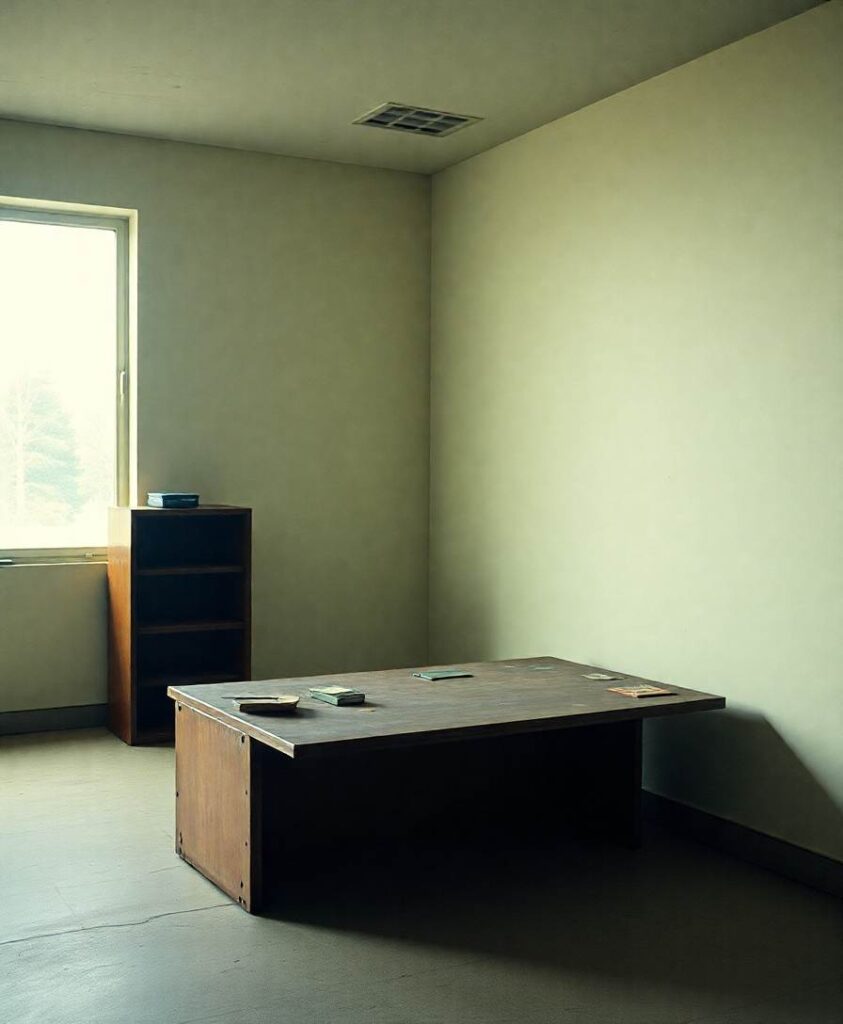BackgroundPhysical activity (PA) is a promising method to improve cognition among middle-aged and older adults. Latinos are at high risk for cognitive decline and engaging in low levels of PA. Culturally relevant PA interventions for middle-aged and older Latinos are critically needed to reduce risk of cognitive decline. We examined changes in cognitive performance among middle-aged and older Latinos participating in the BAILAMOS™ dance program or a health education group and compared the mediating effects of PA between group assignment and change in cognitive domains.MethodsOur 8-month randomized controlled trial tested BAILAMOS™, a 4-month Latin dance program followed by a 4-month maintenance phase. A total of 333 older Latinos aged 55+ were randomized to either BAILAMOS™, or to a health education control group. Neuropsychological tests were administered, scores were converted to z-scores, and specific domains (i.e., executive function, episodic memory, and working memory) were derived. Self-reported PA was assessed, and we reported categories of total PA, total leisure PA, and moderate-to-vigorous PA as minutes/week. A series of ANCOVAs tested changes in cognitive domains at 4 and 8 months. A mediation analysis tested the mediating effects of each PA category between group assignment and a significant change in cognition score.ResultsThe ANCOVAs found significant improvement in working memory scores among participants in the dance group at month 8 [F(1,328) = 5.79, p = 0.017, d = 0.20], but not in executive functioning [F(2,328) = 0.229, p = 0.80, Cohen’s d = 0.07] or episodic memory [F(2,328) = 0.241, p = 0.78, Cohen’s d = 0.05]. Follow-up mediation models found that total PA mediated the relationship between group assignment and working memory, in favor of the dance group (β = 0.027, 95% CI [0.0000, 0.0705]). Similarly, total leisure PA was found to mediate this relationship [β = 0.035, 95% CI (0.0041, 0.0807)].ConclusionA 4-month Latin dance program followed by a 4-month maintenance phase improved working memory among middle-aged and older Latinos. Improvements in working memory were mediated by participation in leisure PA. Our results support the current literature that leisure time PA influences cognition and highlight the importance of culturally relevant PA modalities for Latinos.Clinical Trial Registration[www.ClinicalTrials.gov], identifier [NCT01988233].




